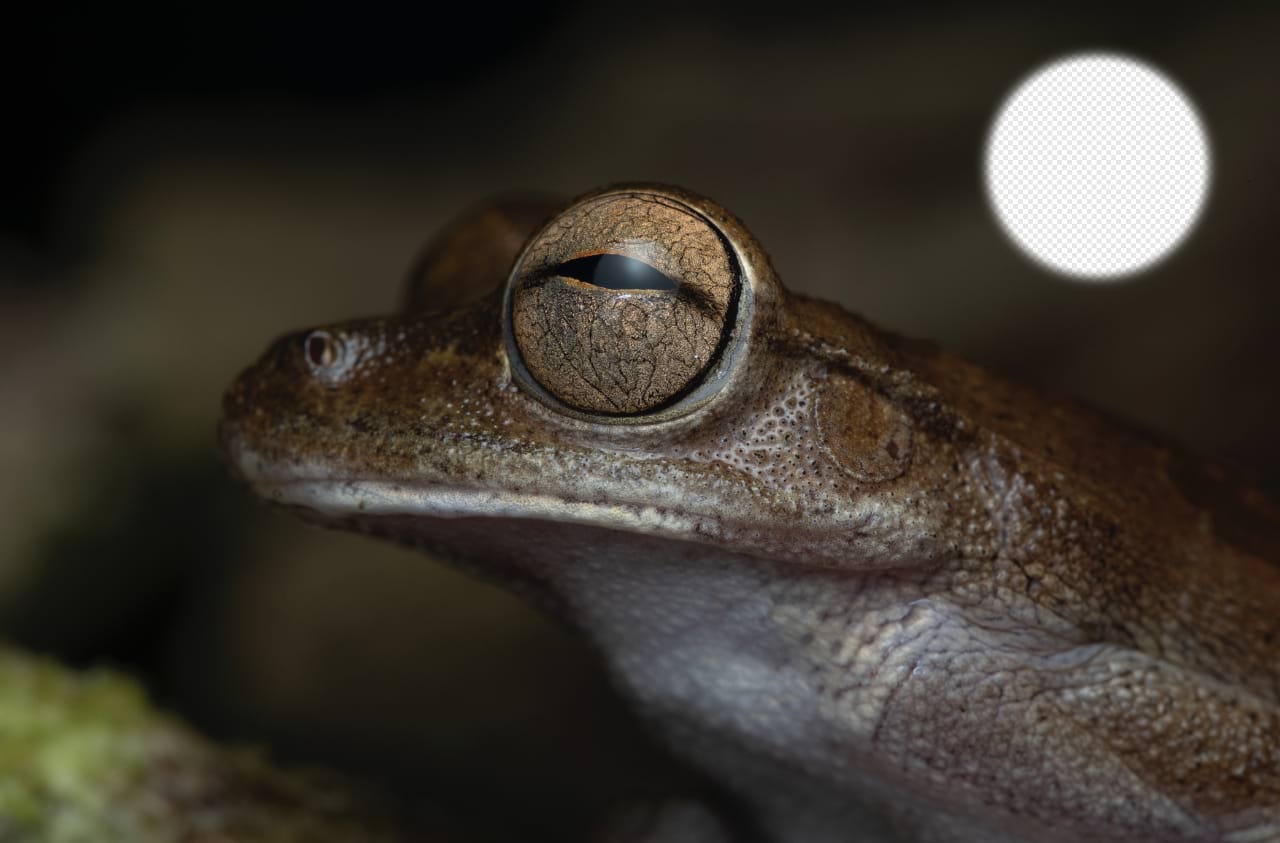 Erase Brush Tool
Erase Brush Tool
You can erase from any area of your photo using the Erase Brush Tool. Erased pixels become transparent.
You can erase from any area of your photo using the Erase Brush Tool. Erased pixels become transparent.

When using the Paint Brush Tool on a RAW or image layer, a new mask layer is created with the strokes applied onto it. This aids non-destructive, layer-based workflows whereby the newly created layer can be switched off from view to investigate the effects of erasing quickly.
The following settings can be adjusted from the context toolbar: